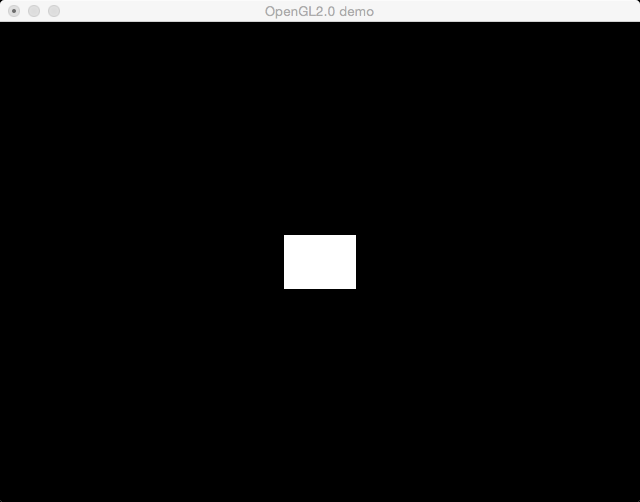.SUFFIXES: .c .o .cpp .cc .cxx .C
UNAME = $(shell uname)
PLATFORM = $(shell uname -p)
CC = g++
COPTS = -g -Wall
INCDIR =
LIBDIR =
ifeq ("$(shell uname)", "Linux")
INC = \
-I/usr/lib/glut-3.7/include
LIBDIR = \
-L/usr/lib -L/usr/X11R6/lib -L/usr/lib/glut-3.7/lib/glut
LIBS = \
-lglut -lGLU -lGL -lXmu -lXi -lXext -lX11 -lm
else
ifeq ("$(shell uname)", "Darwin")
LIBS = \
-framework OpenGL -framework GLUT -framework Foundation -lstdc++
endif
endif
.c.o:
$(CC) -c $(INCDIR) $(COPTS) -o $@ $<
.cpp.o:
$(CC) -c $(INCDIR) $(COPTS) -o $@ $<
all : main
OBJECTS = \
point.o \
face.o \
vertex.o \
aw.o \
camera.o
main : $(OBJECTS) main.o
$(CC) -o $@ $(INCDIR) $(COPTS) $(OBJECTS) $@.o $(LIBDIR) $(LIBS)
point.o: point.h point.cpp
clean :
rm -f *.o
rm -rf main
